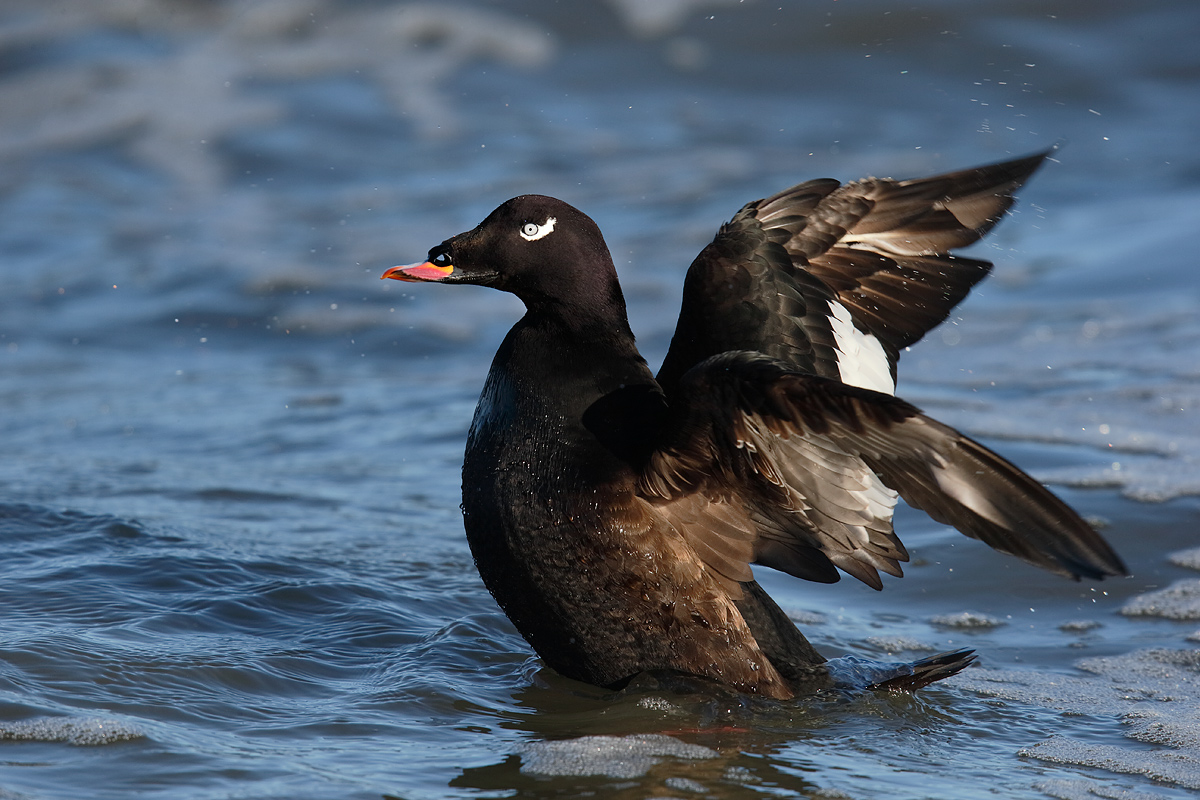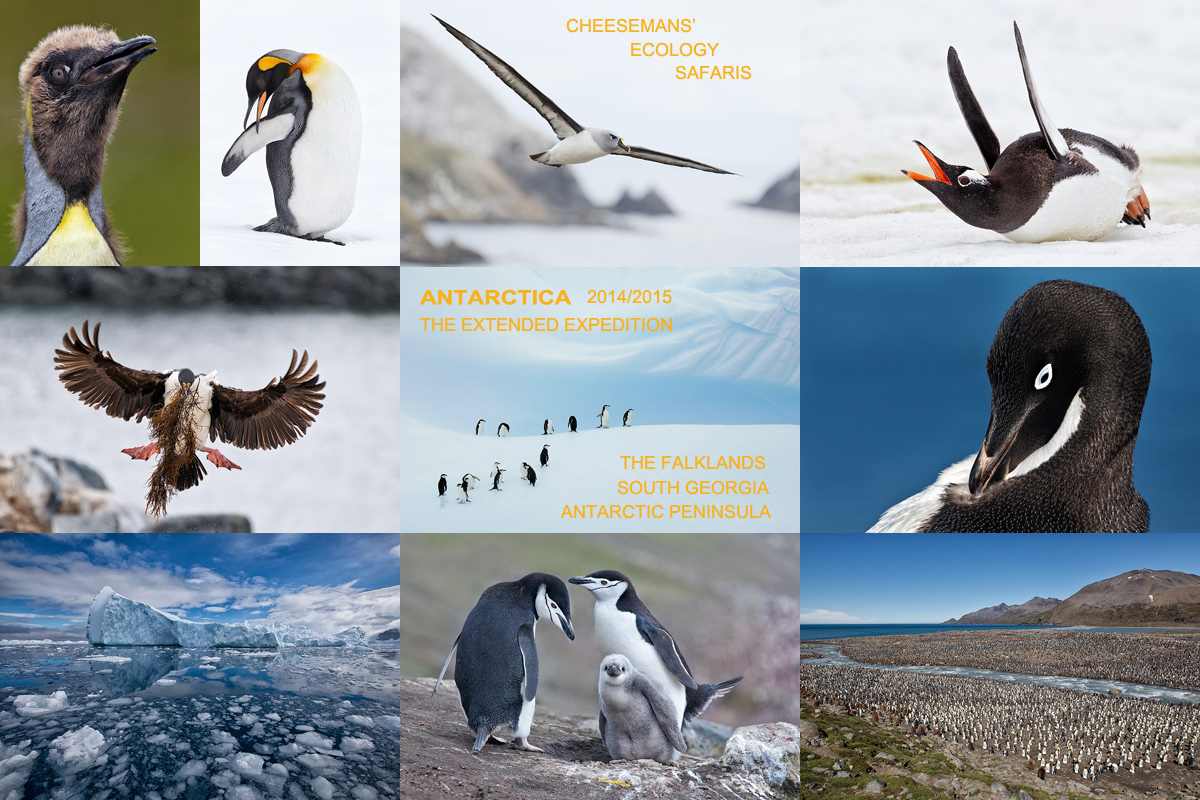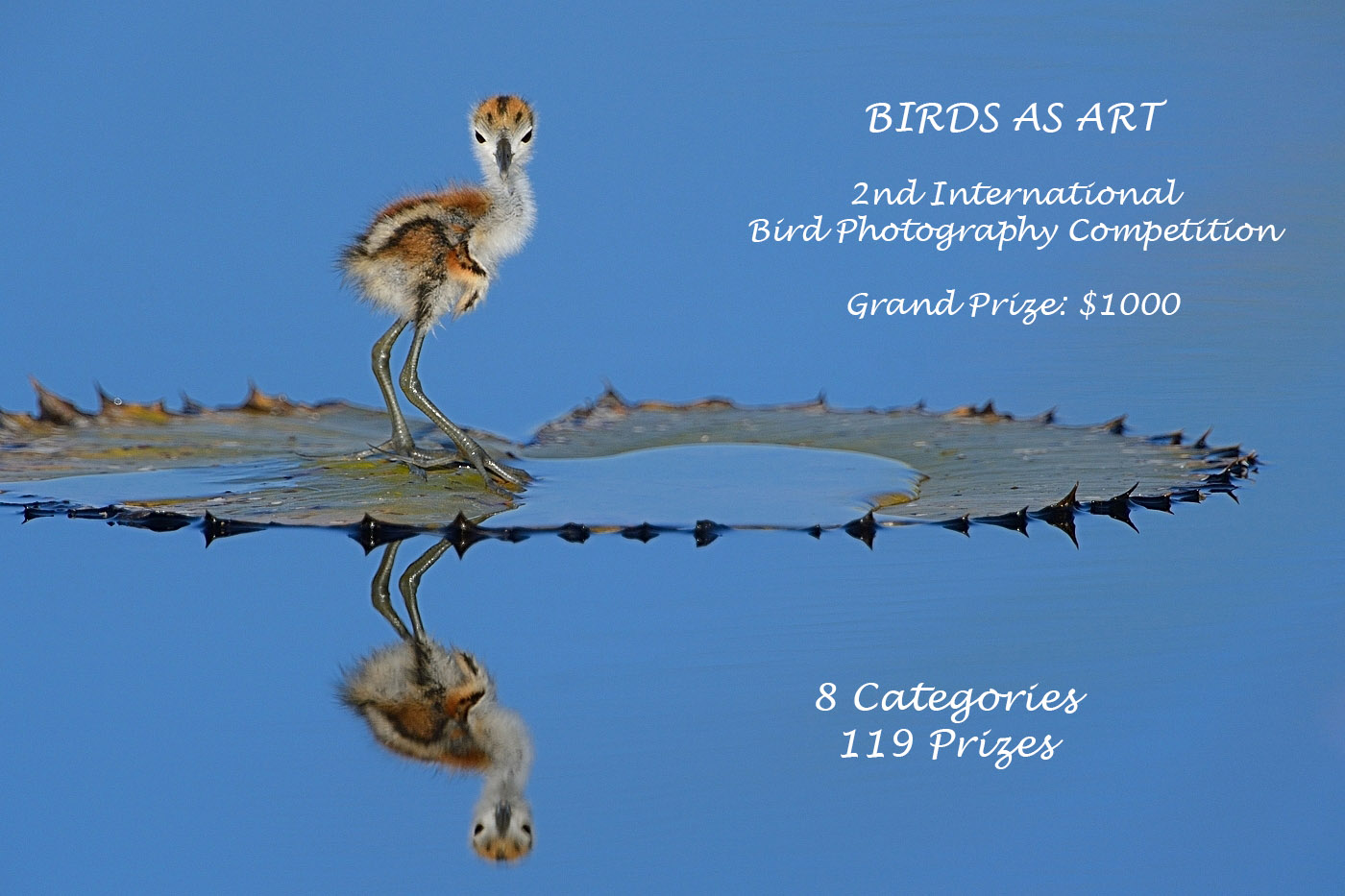The Amazing Streak Continues; I Gotta be Nuts. 🙂
Woke at 3:30am in a San Diego hotel, getting ready to head to LaJolla for some pelican photography in less than an hour.
Today’s blog post marks 49 days in a row with a new blog post, a record by far that should be extended for at least another week or two. Or not. 🙂 To show your appreciation, we ask that use our B&H and Amazon affiliate links for all of your B&H and Amazon purchases. Please check the availability of all photographic accessories in the BIRDS AS ART Online Store. We sell only what I use and depend on. We will not sell you junk. We know what you need to make creating great images easy and fun. And we are always glad to answer your gear questions via e-mail.
You can find the following items in the store: Gitzo tripods, Mongoose M3.6 and Wimberley heads, plates, low feet, and accessories, flash brackets, , Delkin e-film Pro Compact Flash Cards, LensCoat products, and our unique line-up of educational materials including ABP I & II, Digital Basics, Site and Set-up e-Guides, Canon and Nikon Camera Users and AF e-Guides, and MP-4 Photoshop video tutorials among others.
We would of course appreciate you using our B&H and Amazon affiliate links for all of your B&H and Amazon major gear, video, electronic, household, and personal purchases. For the photographic stuff mentioned above we would of course great appreciate your business.
Thanks and enjoy today’s blog post!

|
|
This image was created at the west jetty at Shinnecock Inlet, Hampton Bays, Long Island, NY with the Gitzo 3532 LS carbon fiber tripod, Mongoose M3.6 head, the Canon EF 600mm f/4L IS II USM lens, the Canon 2x EF Extender III (Teleconverter), and the Canon EOS-1D X. ISO 800. Evaluative metering -1/3 stop: 1/1250 sec. at f/9 in Manual mode. Central sensor (by necessity) Expand/AI Servo Rear Focus AF active at the moment of exposure as framed. Click here if you missed the latest version of the Rear Focus Tutorial. Click on the image to see a larger version.
|
Against All Odds…
- White-winged Scoter is an extremely difficult species to photograph. My first chances in 30+ years were at Shinnecock last week.
- Though conditions seemed to be perfect, a big swell from the southeast had large waves crashes against the jetty. This made it impossible to get low in the rocks. This left me farther from the birds….
- And several times when a big wave hit I needed to turn the lens away from the biggest splashes. And to make matters worse, I was working without the lens hood so that it was easier to control the lens in the strong north/northwest wind and to reduce vibrations.
- The forecast had been for southwest winds. With the winds strong from the north/northwest flight photography was very difficult.
- Worst of all, the sea ducks were bobbing up and down like corks in a hurricane. It was difficult to find them in the frame and almost impossible to keep them properly framed.
The Best Strategy in Nearly Impossible Situations
I find that for me, the very best strategy when things are difficult is to quit trying to make perfect images. If you wait until you have acquired AF and have the subject nicely framed when the birds are bobbing up and down constantly, you will likely never press the shutter button. Instead, simply fire at will. Get the bird somewhere in the frame, acquire focus, and push the shutter button. Do not worry about maintaining AF, and do not worry about the framing. Let;s call this “focus and fire.”
That exactly what I did to create the amazing image above. When I saw the image on the laptop I was stunned. I love the incredible sharpness of the eye and the face, the perfect exposure–see BAA Bulletin 454–coming soon, and the fact that you can see the white speculum that gives the bird its common name on the dorsal surface of the far wing. Be sure to click on the image to enjoy the spectacular larger version.
Image Questions
Why ISO 800 in bright sun?
Why -1/3 stop?

|
|
Breathe deeply, bite the bullet, and live life to its fullest; we all get only one ride on the merry-go-round… Join me on this great trip. Click on the image to enjoy a larger version. |
The Southern Ocean…
There has already been a ton of interest including that from some long time wonderful Happy Camper BIRDS AS ART folks. Mulitple-IPT veteran Michael Viljoen of South Afirca has already committed to making the trip with his son. He and lovely, smiling wife Lyndsey were with me on the memorable and wonderful October 2012 Cheesemans’ South Georgia Expedition. Repeat-clients–I like to call them recidivists–are a good sign that you are doing something right.
Click here for complete details. If you are seriously interested please shoot me an e-mail for the trip link.
Last Year’s Grand Prize winning image by Lou Coetzer

|
Important Contest News
Contest Deadlines Extended!
BIRDS AS ART 2nd International Bird Photography Competition
New Entry Deadline: January 31, 2014; see additional details below
With so many folks signing up at the last minute and with so many folks having trouble uploading their images due to server overload the deadline for entering the contest (registering and paying) has been extended until January 31, 2014 and the deadline for uploading images has been extended until midnight Eastern time on February 10, 2014. Take advantage of this extension to have a crack at the great prizes.
Learn more and enter the BIRDS AS ART 2nd International Bird Photography Competition here. Twenty-five great prizes including the $1000 Grand Prize and intense competition. Bring your best.
Register and Pay
To register click here.
To learn of payment options, click here.
Support the BAA Blog. Support the BAA Bulletins: Shop B&H here!
This Bulletin took about 12 hours to prepare
We want and need to keep providing you with the latest free information, photography and Photoshop lessons, and all manner of related information. Show your appreciation by making your purchases immediately after clicking on any of our B&H or Amazon Affiliate links in this blog post. Remember, B&H ain’t just photography!


Amazon
Everyone buys something from Amazon, be it a big lens or deodorant. Support the blog by starting your search by starting your search by clicking on the logo-link below. No purchase is too small to be appreciated; they all add up. Why make it a habit? Because I make it a habit of bringing you new images and information on an almost daily basis.
Typos
In all blog posts and Bulletins, feel free to e-mail or to leave a comment regarding any typos, wrong words, misspellings, omissions, or grammatical errors. Just be right. 🙂
IPT Info
Many of our great trips are filling up. See especially info on the South Florida, Holland, and Nickerson Beach IPTs. Two great leaders on most trips ensure that you will receive individual attention, have all of your questions answered, and learn a ton including how to think like a pro, see the situation, and get the right exposure every time. In addition you will have fun, and make lots of great images. Click here for IPT details and general information.
















Great shot of species I have never been close to. The history behind the shot was a great story.
Thanks Chas. Say “Hi” to Joyce for me. 🙂
What a beautiful picture!! I think you used the 800 ISO to get a high shutter speed along with the aperture you needed to get the depth of field you wanted. The minus 1/3 EC was because you had a darker than normal subject on a darker than normal background. If you went much more than that you might have blown out the highlights around the duck’s eye and on the wing.
I ordered your ART OF BIRD PHOTOGRAPHY book last Wednesday and it arrived yesterday afternoon. I will be departing for Puerto Rico tomorrow and am planning to read it on the airplane and while I am gone. I will be paying special attention to the section on exposure as you have told us. I have read and re-read the section on exposure in your DIGITAL BASICS and that has helped me a lot. Thank you very much, Artie.
YAW and thank you Peter. Great job with the answers. I am glad that the book made it in time for your trip. Did you get ABP II also???
Thanks again for your more than kind words. artie
Yes, I have been enjoying the ART OF BIRD PHOTOGRAPHY II for some time now. I got that just after it became available. I have it on my desktop as well as my laptop which is going to Puerto Rico with me.
Directed here by you from Birdphotographers.net has of course been rewarding. The scoter at first glance appeared way too dark. The blacks have unexpected detail when viewing the image from a higher angle view of the monitor. An amazing shot considering the conditions you’ve described. The scoter appears a little tight in the frame, with more room at the bottom of the image desired especially. The -1/3 exposure was to control excessive whites, the ISO to allow an increase of the shutter speed required for the shot are my thoughts. The idea to remove the lens hood in strong winds would have been especially helpful with personal recent observations. Will definitely remember that. : )
Your angle of view to the screen always affects Brightness…. Good on the answers. I totally disagree with the too tight comments. I love the framing. artie
Hi, Artie. Wonderful image indeed; congratulations. I agree on the need for high ISO; your maximum possible aperture was f/8 and everything was moving, so you wanted a high shutter speed to reduce motion blur. On the -1/3, I’m going to guess that people who posted first are right, to reduce blowing out of the highlights. Tough on the wind forecast!
All good and thanks David. artie
Artie, this is one of the best images you have posted in a long time. Simply stated, it is superlative.
🙂 and thanks Aendru. artie
Use of the high ISO gives a faster shutter speed. Because sun is bright and the subject is dark on dark with white highlights, minus 1/3 so highlights are not blown out.
Bingo!
I’m not sure I understand exactly what -1/3 stop on the metering would do when you are shooting in manual; aren’t ISO, shutter speed and aperture fixed anyway? It wouldn’t matter where the metering was set because the camera couldn’t change anything anyway unless I’m missing something.
Ahh, nevermind! I was missing that the meter just tells you what’s what in manual, duh! I almost always shoot in av, sorry 🙂
Good that you got it. I would have made it easier for you by saying “-1/3 stop as framed…” Remember, at the moment of exposure Av is Manual…. artie
I love this picture. To my taste, this is one of the best bird pictures I have ever seen, and I love birds so I’ve seen a lot. It’s simple yet crisp and beautiful and the bird has great body language and expression. Congratulations.
High ISO to get faster shutter while they are bobbing? And -1/3 in order to not blow out the white on the bird and keep detail in the water? Plus the dark bird might cause metering to think the ambient light was darker than it really was and guess the scene needs more light than it should, thus a small negative adjustment would compensate back to normal.
Thanks for your kind words. I agree on the image :). Your answers are right on (though you almost got in trouble by adding that last bit :)) artie
Shooting with the 600mm f4 plus the 2X TC, your maximum aperture was f8. I would guess you stopped down 1/3 stop to f9 to improve IQ a bit and with the combination of the strong wind and the movement of the birds you knew you needed a shutter speed of 1/1000 or faster to have a decent chance of getting a sharp image at that aperture. So you needed ISO 800. If the subjects had been close enough for you to shoot at f4 without the TC you could have been at ISO 200.
That is a great image of a beautiful bird I’ll likely never see in person. However, it may be just me but when I look at the bird’s head that light gray area in the upper left corner pulls my eye.
In your first sentence you gave the right answer to a different question 🙂 I did go to f/9 for a bit more sharpness. But the -1/3 stop as framed had nothing to do with that unless you consider the shutter speed….. If that does not make sense to you let me know. Good on the ISO/shutter speed answer. artie
Since the scoter was in fast moving water, a higher ISO was used to increase shutter speed providing for a better chance of capturing a good pose, sharpness and detail. It’s a fantastic shot artie.
Correct on the ISO and thanks for your kind words.
Artie, great shot as always. My take on your settings: ISO 800 in order to get enough / desired shutter speed to freeze movement of the bird with your desired DOF at f9 aperture; and -1/3 stop needed as evaluative metering would want to overexpose and potentially give you blown out whites on the wing due to background being much brighter than the overall dark bird.
Perfecto. You folks are getting it!
As far as why -1/3…going by The Art of Bird Photography II…it was between situation #2 and #3. Because of the highlights and predominance of the blue water, is the reason for -1/3…but what would’ve happened if you went to -2/3? Why the high ISO? I’ll pass on that one. Doug
If you went to -2/3 the WHITEs would of course be protected but the BLACKs would be too dark….